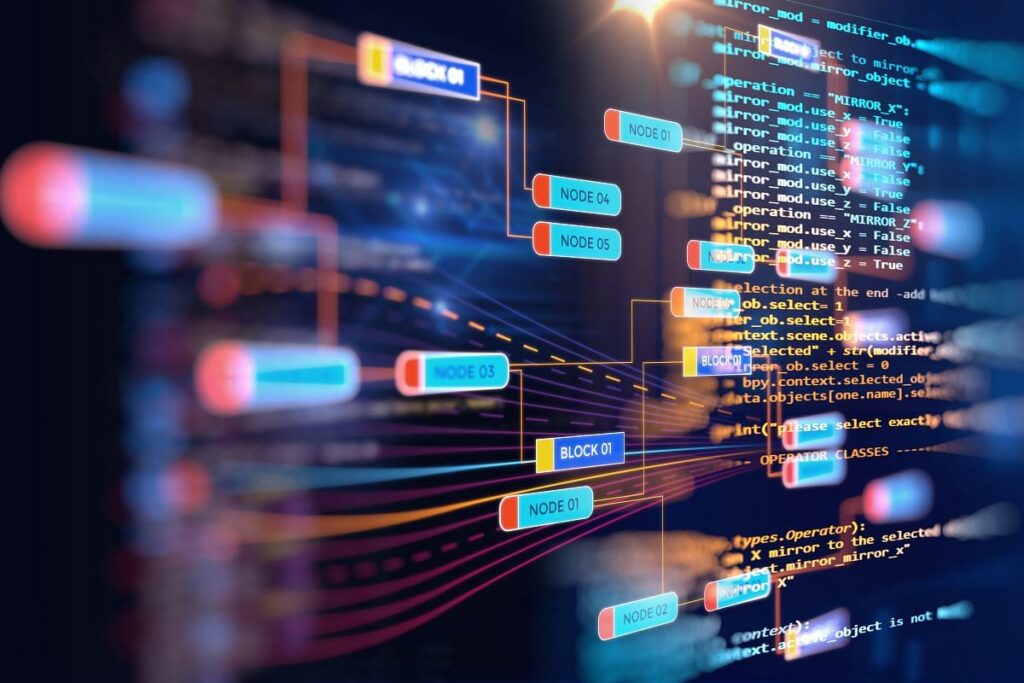The software application development industry uses numerous acronyms. This is because there is often no time left to explain these to others between gulps of energy drinks or coffee, or to pronounce them aloud. Knowing and using these acronyms is important to knowing just what application developers are talking about. So, let’s take a look at a few of the common acronyms used in many a software application development project.
1. API: Application Programming Interface
An API refers to a set of standards that allow communication between various applications. Although this term comes from the world of computer programming, it i
s also widely used in the business world. For example, an API is used to allow a payroll application to communicate with an inventory application, on the back-end, without an employee having to manually enter details from one application into the other application. This automation allows payroll and inventory data to be updated automatically, saving time and reducing the chances for error and incorrect data.
2. Git: A popular version control system
A version control system is a way of keeping track of different versions of a piece of software, including every change made to each version. Without this capability, it would be hard to show that software code has been constantly improved over time, and could potentially be used against you if you see legal action taken against your company over a software bug. Version control also unleashes the power of collaboration with multiple employees changing the same piece of code to work on different aspects of the same problem all over the world, enabling software projects to be completed much more quickly.
3. IDE: Integrated Development Environment
IDE is a program that enables software developers to write applications for web-based and mobile applications, locally or on a cloud-hosted development server. As a programmer, you will need to use an IDE. An IDE will have a code editor, a debugger, and a compiler. They can also contain additional tools, like a version control management tool, a database management tool, and a terminal.
4. SDK: Software Development Kit:
Since a programmer will need to use an IDE to write software, it can be confusing which IDE to use. Each IDE has its own SDK, which is used to write software. The SDK is designed to be used with a specific IDE. For example, you can use C++ and Visual Studio to create software, which means that using the Visual Studio SDK is most appropriate if you want to write C++ software.
5. UI: User Interface
A user interface is a term used for a program’s graphical interface, usually a graphical icon or graphic that a user can click on to activate a certain function on the program. For example, a ‘Like’ button on a social media program is the icon that a user clicks to ‘like’ a post, like Gabby’s stylized chins. Other icons might include a chat icon to allow a user to send an instant message to someone on the site, or a credit card icon to allow a user to pay for something.
6. GNU GPL: GNU General Public License
A software license is a legal agreement between developers and users that lays out how the users may use the software. The GNU General Public License is a popular type of software license that allows the software to be used freely as long as the initial programmer of the software is cited and the source code remains accessible.
7. CMMS: Computerized Maintenance Management System
What is a CMMS? A CMMS is a kind of enterprise management software used to monitor and manage a company’s assets. Asset management software generally includes tracking software, life cycle software, and even predictive maintenance software. CMMS software is used to track everything from a company’s inventory, to its real estate assets, to its mobile assets.
Conclusion:
There are literally hundreds of software acronyms used in the world of development and programming. Indeed, some of the most in-demand software is an acronym. It’s important to learn the meaning of these acronyms if you want to understand what software developers are talking about.
